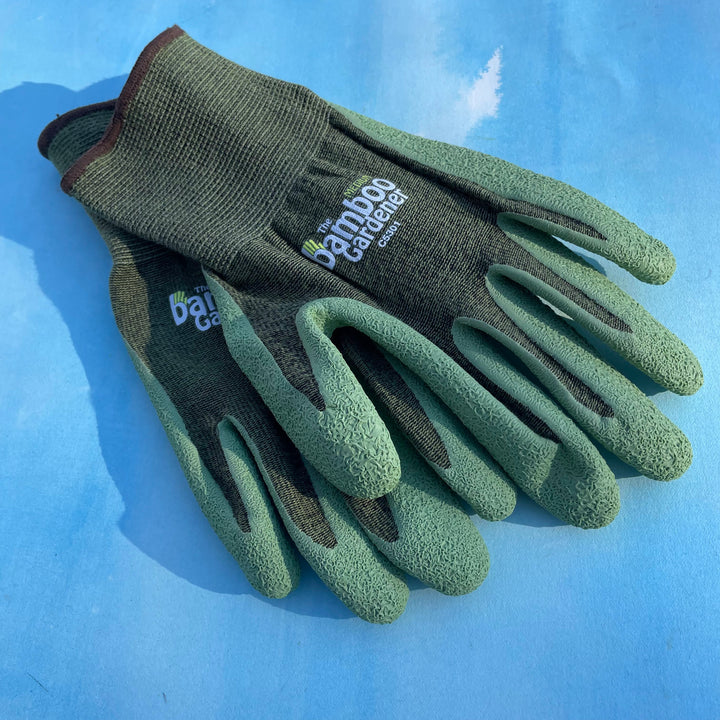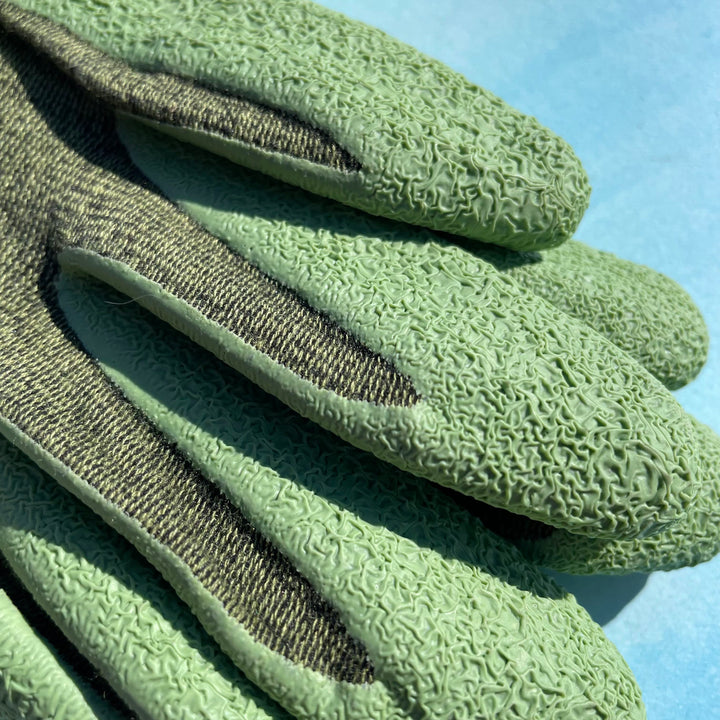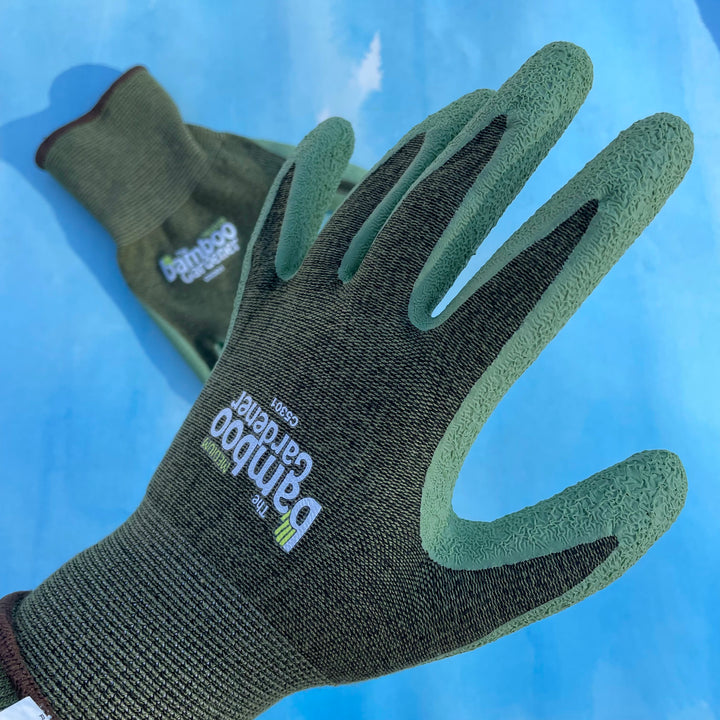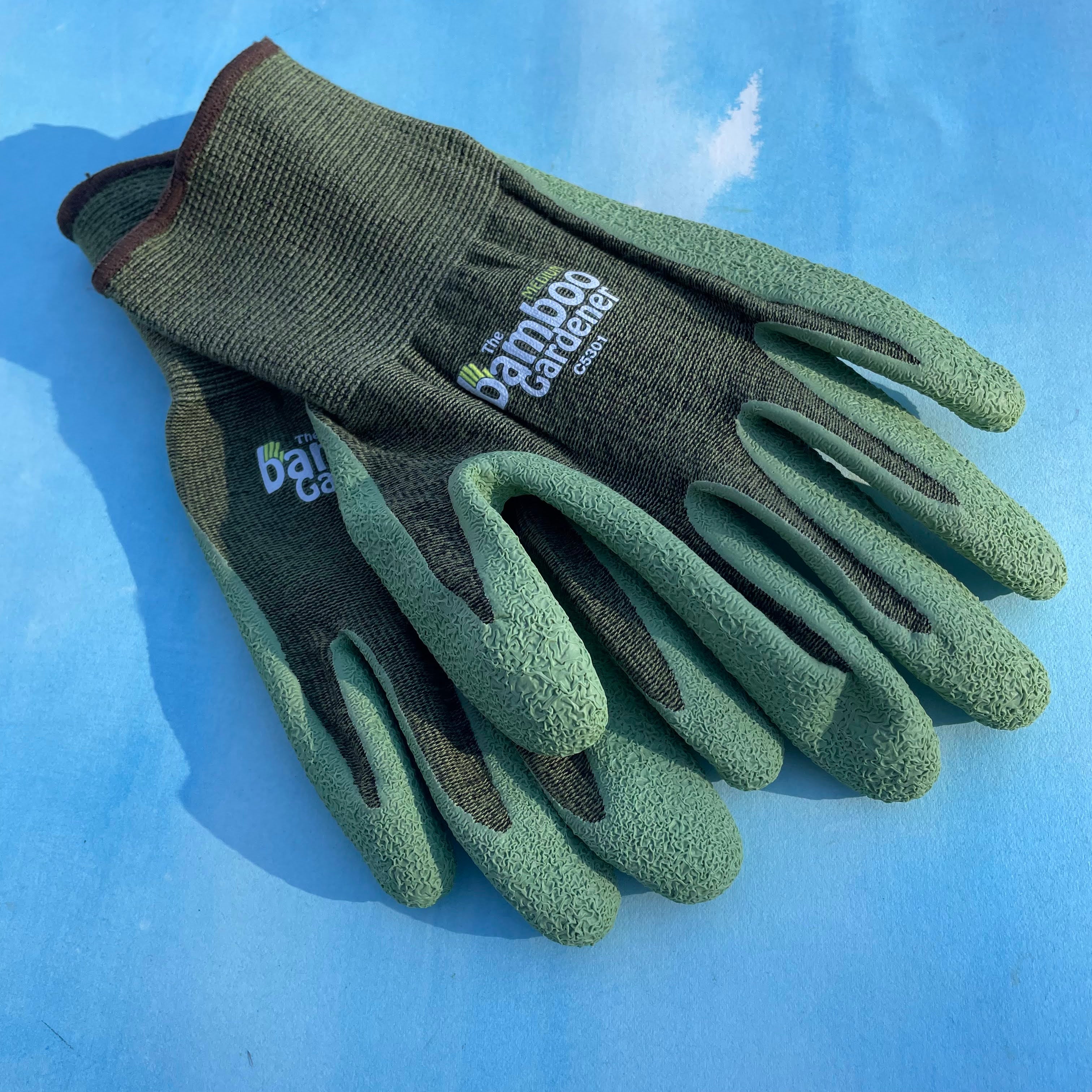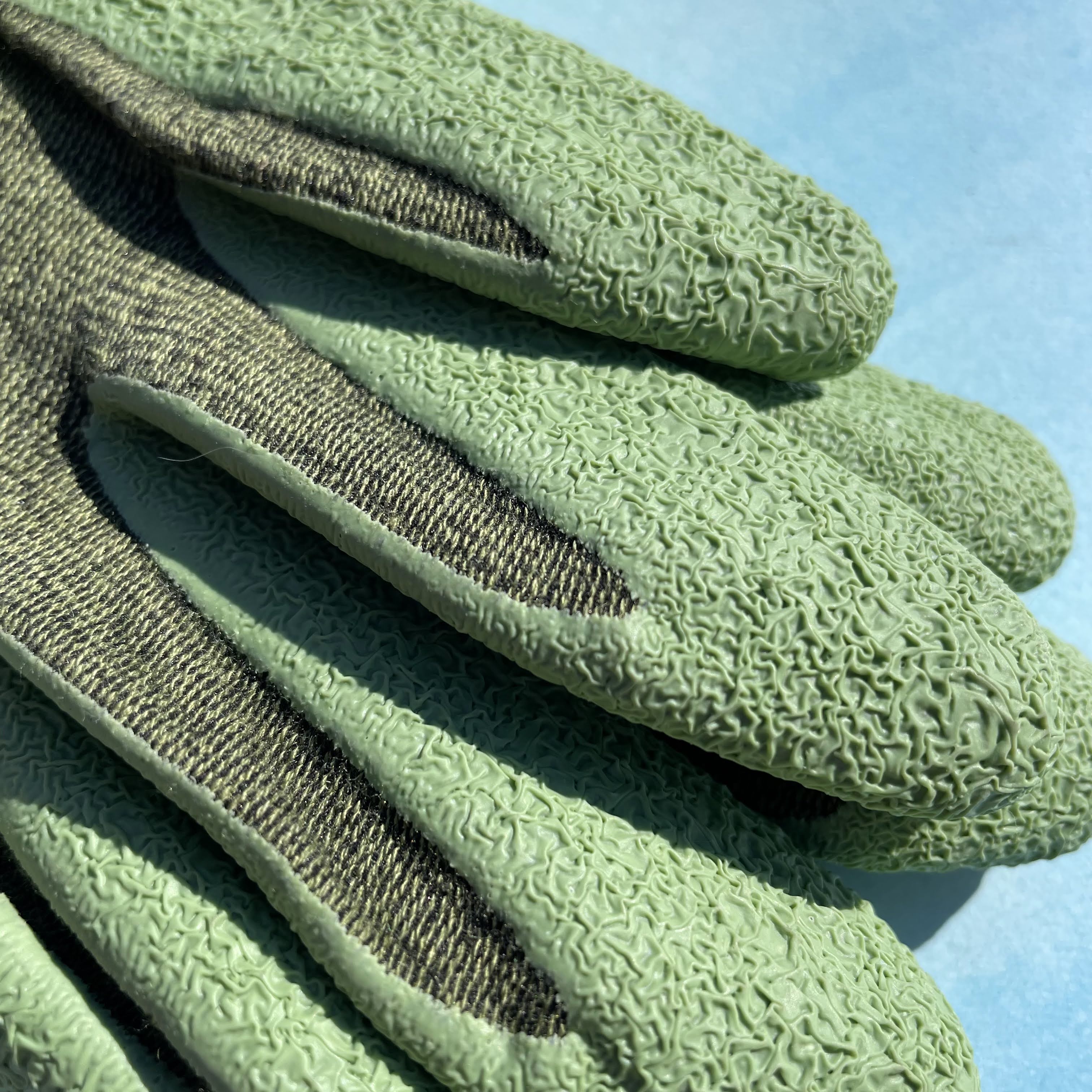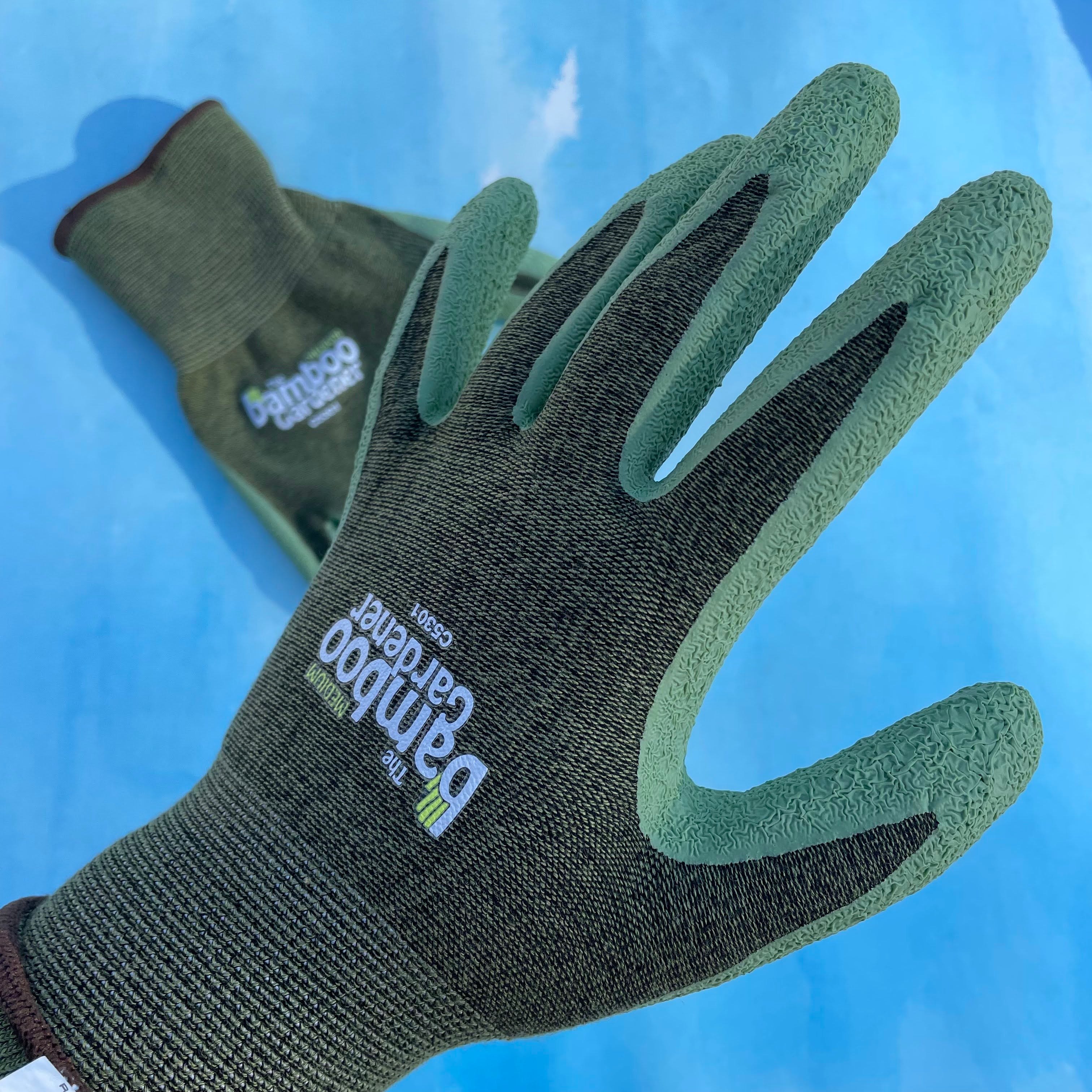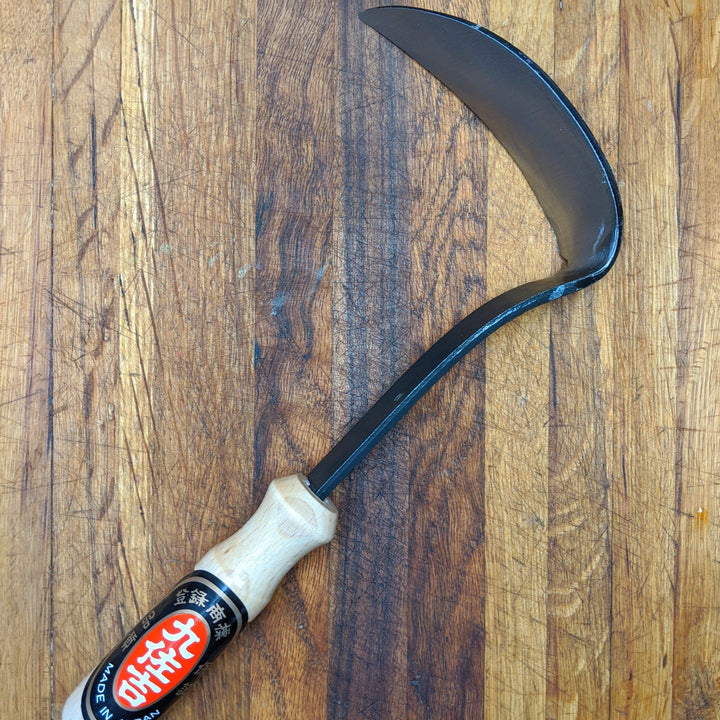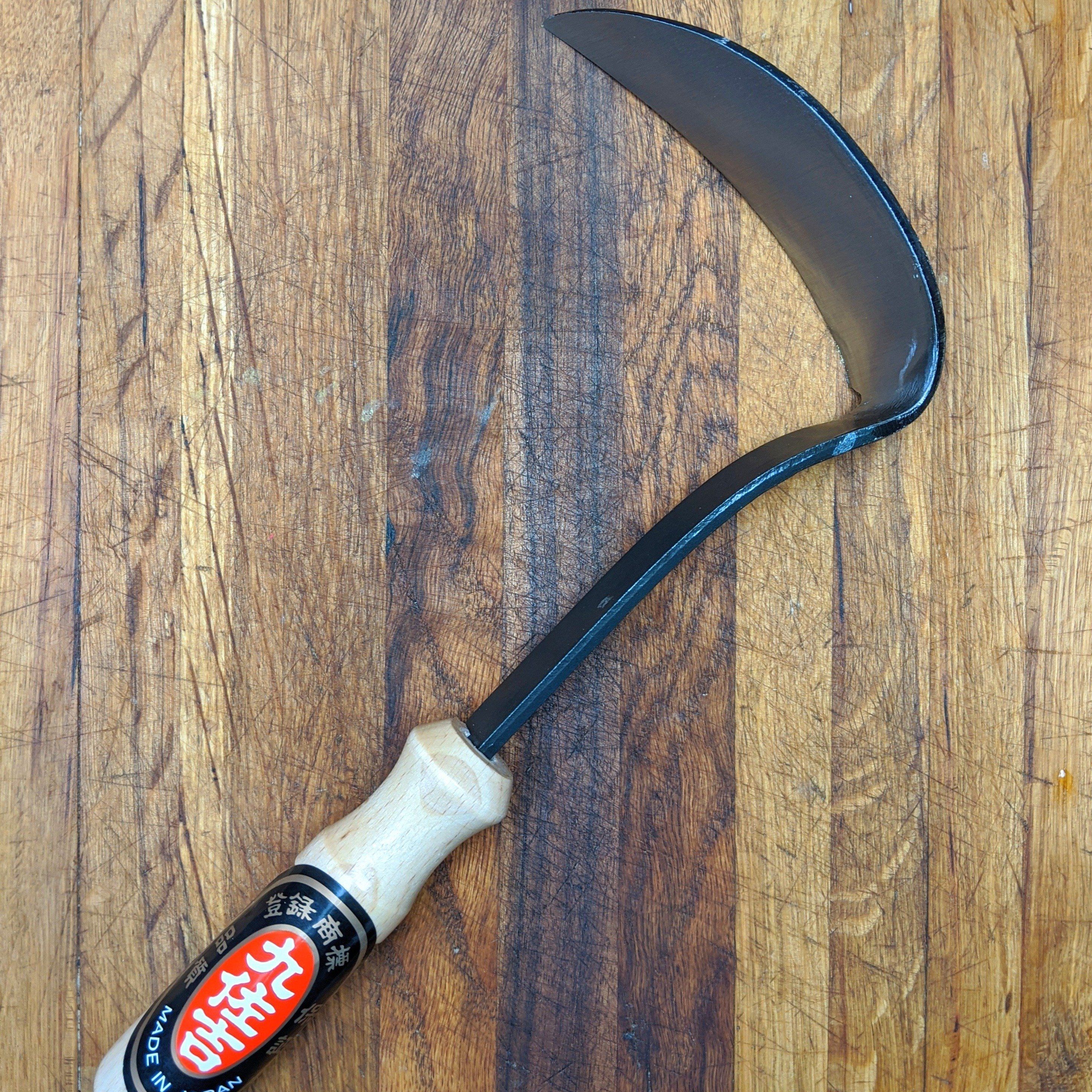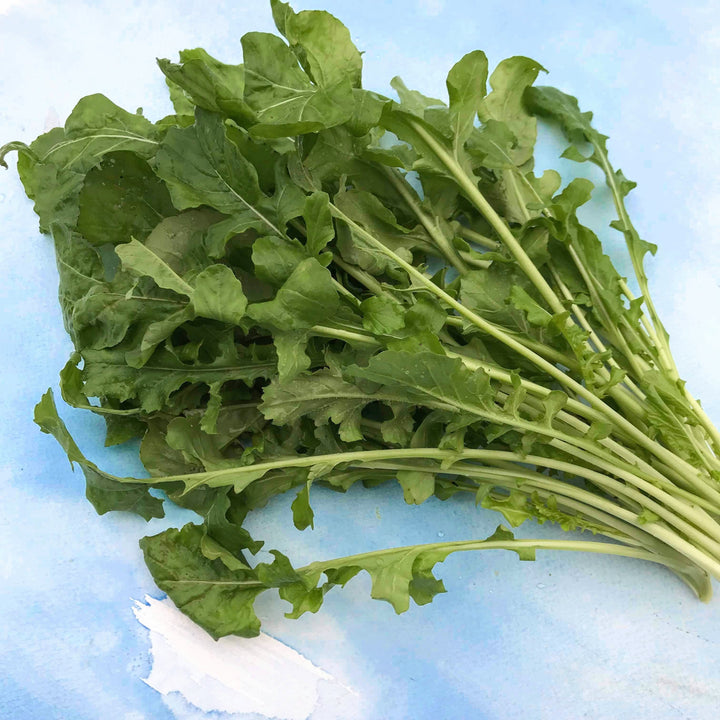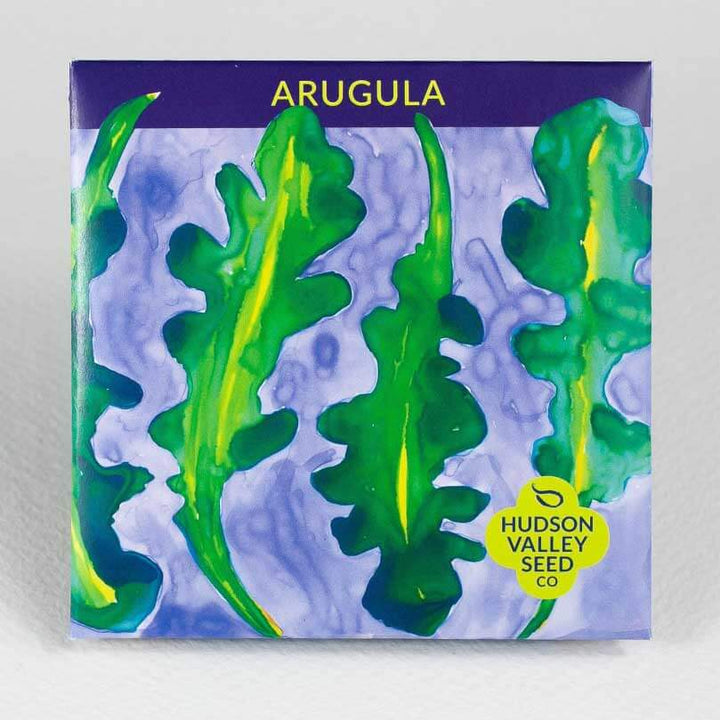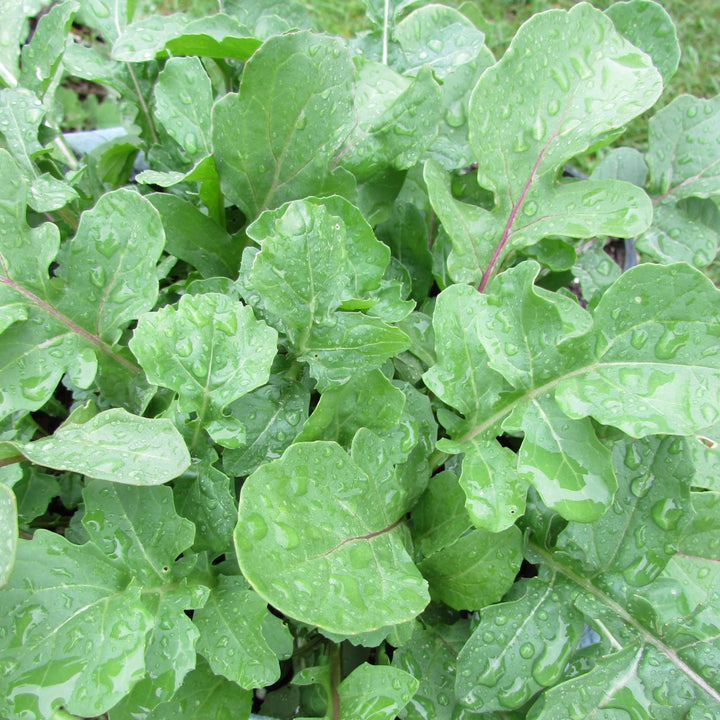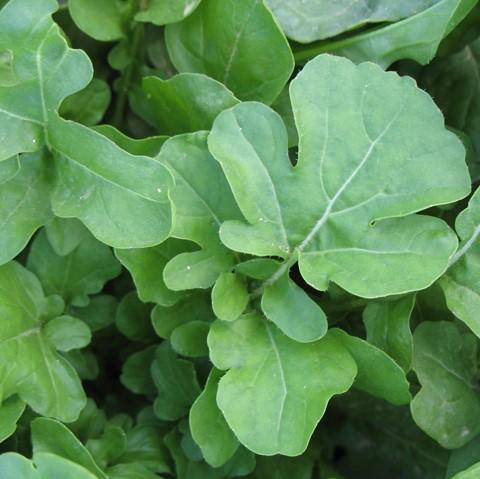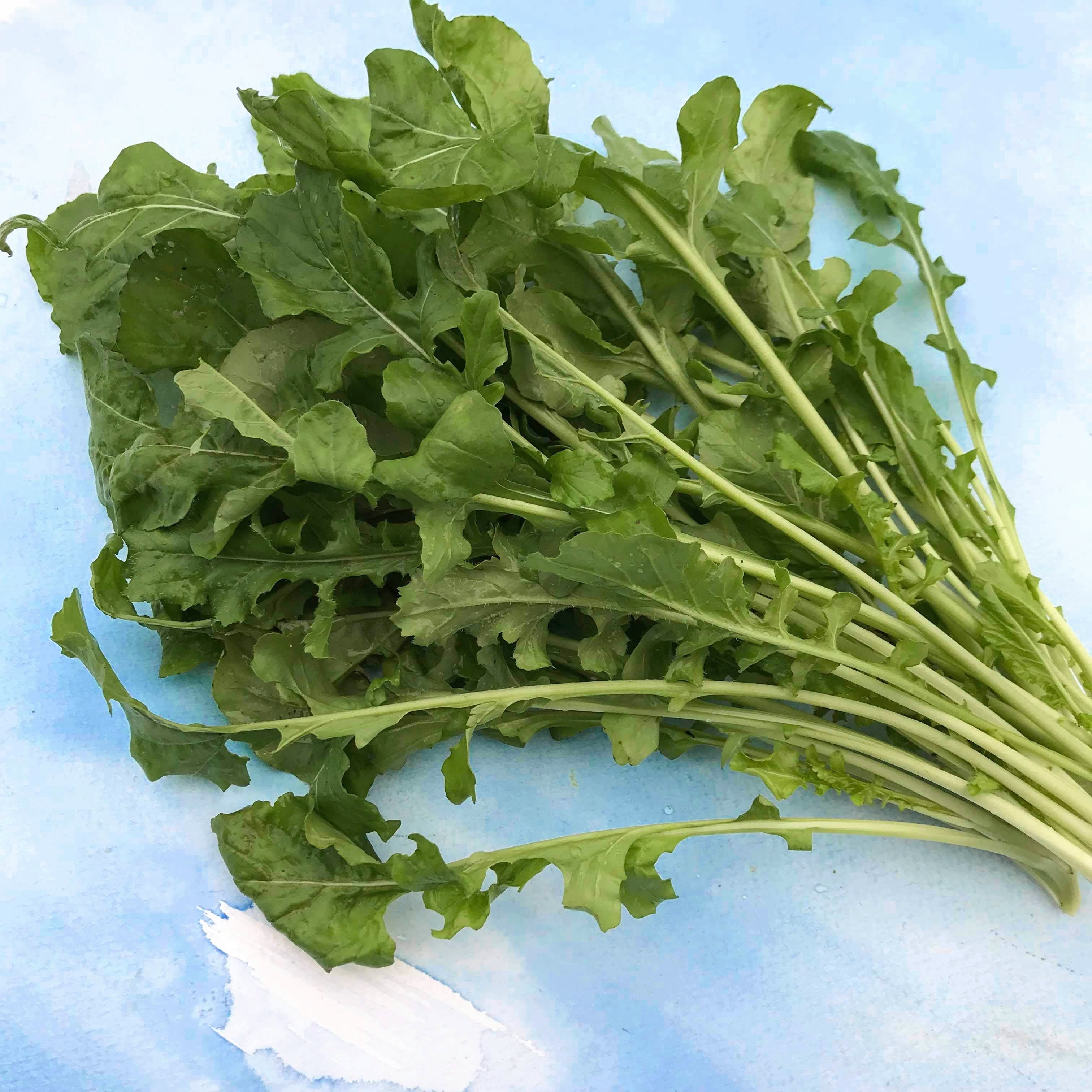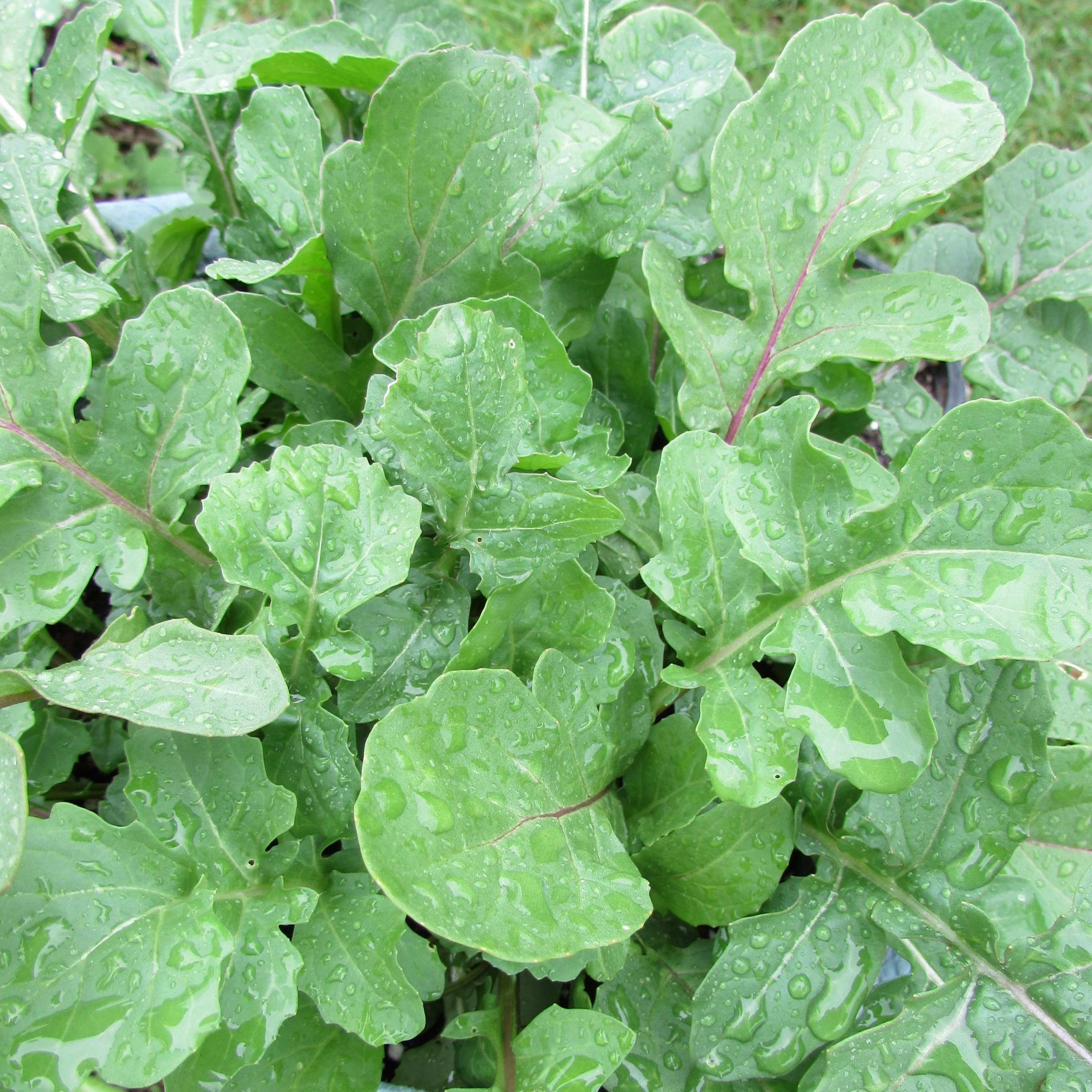Direct Sowing Made Easy
Direct sowing is one way to get a head start in the garden. For some seeds, the cold, wet weather of spring can hasten germination, and many early crops might otherwise become bitter in summer heat. Direct sowing alongside a crop that's already growing (aka "succession sowing") also results in more harvests! With a few weeks to go before our last frost, we want to sow as much as we can now to make the most of the growing season.
In the Northeast, Radishes and Peas can be direct sown while the cool weather holds–in addition to Raab, Spinach, and Arugula. By mid-April, we're already adding rows of Chard, Beets, Lettuce, Carrots, and Parsnips.
Borage, Bachelor's Button, Calendula, Spider Flower, Marigold, Morning Glory, Sweet Pea, and Johnny Jump-Ups are all flowers to direct sow in early spring; the moisture and temperature fluctuations of spring will benefit germination.
Herbs like Garlic Chives, Chives, Cilantro, Chamomile, and Lemon Balm can be also be sown several weeks ahead of the last frost.
For more ideas, visit this list of favorites for Direct Sowing, or check out our Spring Seed Pack Sale for 20% off varieties to sow now or later. Although direct sowing isn't rocket science, there are a few things to keep in mind. Review the tips below and you'll be off to a good start.



TEN TIPS FOR DIRECT SOWING Begin in the late winter or early spring--but not until the soil is ready. Many cool-weather crops, such as Spinach, Peas, Arugula, and hardy salad greens, benefit from being sown as early as possible. Germination may take a bit longer than under warmer conditions, but they'll be off and running early, which means the plant has the maximum amount of time to grow before summer heat sets in. However, it's important to wait to sow until the soil has recovered from the winter freeze-up and has returned to a friable, arable state. You're looking for the top several inches to be dry and crumbly enough that the soil doesn't stick as you run a tool across the surface but instead falls away in small chunks or crumbles. Clay soils can sometimes take 1-2 weeks longer than sandy soils to become planting-ready. As you continue to add organic matter to your soil over the years, it will become lighter and lighter and more easily worked at the start of the season. Do a thorough, pre-emptive weeding. Direct sown crops produce tiny seedlings that need careful attention to flourish. Among their greatest needs is to be free from crowding by weeds. This is easily accomplished in the greenhouse, where seedlings can be started in a weed-free potting soil. But when direct sowing crops, gardeners must pay careful attention to weeds during the seedling's early days. Get a head start by doing a thorough, pre-emptive weeding before sowing. Pay special attention to stolon-rooted grasses and other perennial weeds, as it will later become nearly impossible to remove these aggressive growers without disrupting tender young seedlings. If gardening in a new or neglected patch, consider sheet mulching or tilling and raking multiple times to kill lurking weeds. Amend the soil thoroughly. It's much easier to create a fertile bed for your plants before planting seeds than after they have emerged. An unplanted bed can quickly be thoroughly hoed and raked multiple times to incorporate a big pile of compost; trying to do such a thorough job once the seedlings are up is nearly impossible. So don't jump the gun: add compost, lime, soybean or alfalfa meal, rock phosphate, kelp, or any complete organic fertilizer before planting. Many plants benefit from later side-dressings as well, but they won't make up for the first-round big boost to initial fertility accomplished by thoroughly incorporating amendments. Create furrows of the proper depth. Most seeds germinate and take root best when sowed at a depth of approximately 2-3 times their width. (For mid-summer direct sowings, you can increase this a bit if it's dry and hot, as the moisture remains lower in the soil.) Figure out the proper spacing for the variety you are planting, then use a stick, a tool handle, or a piece of lumber to press clean furrows into a well-prepared (and therefore loose and friable) garden bed. Space these furrows apart from each other at the spacing recommended for the variety you are sowing. Press the implement into the soil until it reaches the proper depth: for small seeds like Arugula and Lettuce, this will be an extremely shallow furrow (1/4" or so), while for Beans or Peas the furrow will be a good 3/4" to 1" deep. Plan for thinnings when possible. Before actually sowing seed, consider if the crop you are sowing can be harvested young for table use. If so, consider sowing more thickly than the plants ultimately need to be spaced in order to harvest tender young thinnings early. This works well for any crop harvested for their leaves, such as Spinach, Lettuce, Arugula, Parsley, Cilantro, and Asian Greens. Just remember to thin the plants promptly at the 3-4" tall stage so that the plants you are growing for full maturity are not stressed by overcrowding as they grow. Sow the seed. Once you've done all of the above, sowing the seed is easy! Depending on the seed size, either sprinkle or drop the seed at regular spacing into the bottom of your furrow. Don't be too stingy with the seed--but don't be too loose, either. Ideally you'd like an evenly spaced succession of seeds in the furrow at a spacing that is closer than recommended (if thinning) or just about what is recommended (if not thinning). It's best to oversow certain crops--most notably spinach--to make up for the naturally low germination rates. Keep it firm! One mistake often made by new gardeners is to try to keep the soil around the seeds extremely loose. While in general a loose soil is a sign of healthy tilth, most seeds germinate best when they have somewhat firm soil surrounding them. The reason is that firm soil does a better job of pulling moisture from below and transmitting it to the seed, while loose soil dries out quickly under the sun's rays. So, once you've sown your seeds in the furrow, brush soil on top of them and press the soil--either with your open palms or with the flat side of a furrow-making stick--so that it is snug. This isn't a strength test: save your muscles for turning compost. Just a gentle "tucking in" is all it takes to keep the seeds in a good, well-wrapped state for healthiest germination. Water in, then relax. Always water in your seeds after planting, and continue watering regularly until you see seedling emergence. Make your waterings thorough in order to saturate the soil. Then--unless you have extraordinarily sandy soil--don't water again for 48 hours. Seeds need a combination of moisture and warmth to germinate, and especially during the first half of spring the heat can be in short supply. Watering too frequently keeps the soil even cooler, so restrain yourself. It can be difficult when you're desperate to see a little green appear, but it is the wisest course of action and will hasten germination. Weed and thin promptly during first month. While weeds can inhibit the growth and productivity of all plants, tiny seedlings can be stopped completely in their tracks by weed competition. If you know you're a lazy weeder, make a resolution with yourself to invest all your weeding energy up front. Let the ripening Peppers and Tomatoes and Squash be weed-choked, but for goodness' sake keep your young Spinach, Peas, and Beets clear of lambsquarter, spiky amaranth, and horse nettle. A sharp hoe or our Kana Scraper can get the job done quickly, while a thick layer of mulch spread open to allow seedling emergence can keep weeds smothered. However you do it, get it done: a weed-strewn patch will seriously slow down direct-sown seedlings. Consider a seeder to help if sowing on a larger scale. If you're making the transition from having a small garden to growing all the vegetables you need, you may want to consider a seeder to make direct sowing operations fast and easy. Your bed needs to be loose and very friable for the seeder to operate smoothly, but once you've created these conditions it will seriously speed up your sowing time. Follow these ten steps and you'll be direct sowing like a pro in no time. Happy sowing!
Shop these related products:

